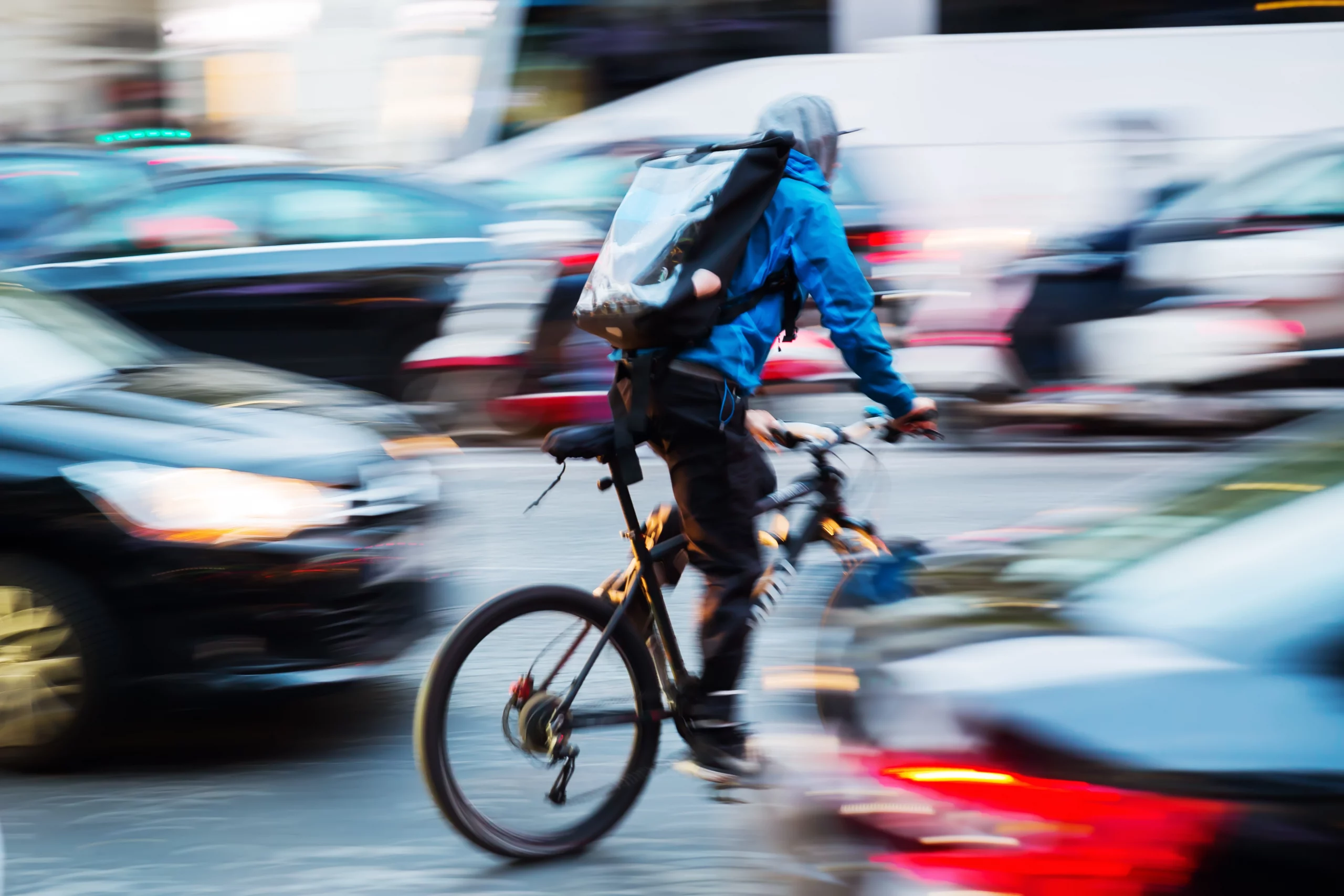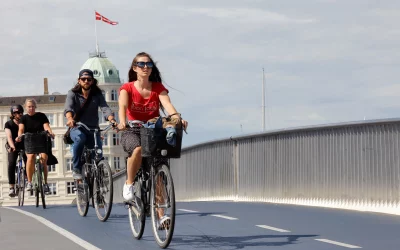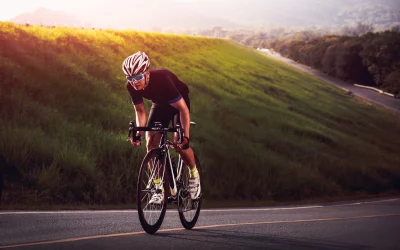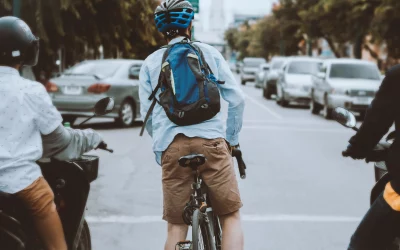Bicycling is thriving—both as a recreational activity and, more lately, as a mode of transportation. According to the League of American Bicyclists, the number of persons in the United States who commonly travel by bicycle climbed 39 percent between 2000 and 2010. In the 70 major cities in the United States, the proportion of regular bicycle commuters climbed by 63 percent over the same time.
According to a survey done by the United States Department of Transportation, around 66% of cyclists ride mainly on public roadways rather than on bike routes, trails, or sidewalks.
This implies that more bikes are now coexisting alongside motor cars on public streets. It is more critical than ever for ALL Colorado cyclists to be aware of and understand the regulations that pertain to them before heading out for a ride.
COLORADO BICYCLE LAWS
Numerous state and local municipal rules, regulations, and ordinances specifically address bicycle operations on Colorado’s roadways, sidewalks, and walkways.. If your town is not mentioned, please contact us, and we will help you obtain the applicable ordinance.
This guidebook will concentrate on the Colorado Revised Statutes, which apply across the state and have been adopted by most towns. A violation of a Colorado Revised Statute is classified as a traffic infraction, which is a non-criminal violation of a law that carries only a fine.
 First, bicycles have an absolute right to use public roads and an obligation to obey all traffic laws and signage just as if they were motor vehicles.
First, bicycles have an absolute right to use public roads and an obligation to obey all traffic laws and signage just as if they were motor vehicles.
The Colorado Revised Statutes make it very apparent that anybody riding a bicycle on a highway has all of the same rights and is subject to the same responsibilities as any other vehicle driver. (Section 42-4-1412(1) of the C.R.S.). However, bikers must adhere to extra laws while riding on public streets.
1. CYCLISTS MUST RIDE A REASONABLE DISTANCE FROM THE APPROPRIATE CURB.
If a cyclist is traveling slower than the legal speed limit, they must ride as near the right-hand curb or edge of the road as possible. 42-4-1412(5) (C.R.S. 42-4-1412(5)). When available, bicycles may also ride on the paved right shoulder. However, this regulation acknowledges five (5) exceptions or instances in which a bicycle is not required to ride as near to the right-hand curb or roadside as possible:
- When passing another bicycle or automobile traveling in the same direction.
- When ready to make a left turn
- When conditions make the right hand edge of the roadway dangerous or unreasonably dangerous for bicycle users, including but not limited to the following: – Surface hazards (i.e., potholes or ruts in the pavement); – Uneven roadway surface; – Drain openings; – Debris; – Parked or moving vehicles or bicycles; – Pedestrians; – Other obstacles; or – The lane is too narrow to allow a vehicle to overtake safely
- When riding a bicycle in a lane where traffic is turning right but the rider plans to continue straight through the junction;
- When traveling on a one-way street or highway with two (2) or more lanes. Additionally, the cyclist may ride as near to the left curb or edge of the highway as possible in this case.
2. RESTRICTIONS ON RIDING TWO (2) ABREAST
Cyclists are permitted to ride two (2) bicycles abreast, provided they do not obstruct or disturb the usual traffic flow. (Section 42-4-1412(6) of the C.R.S.).
3. THE USE OF LIGHTING.
If a cyclist rides between sunset and morning, he or she must wear lights. The legislation mandates that a bicycle’s light system has at the very least a white light visible from five hundred (500) feet in front and a red reflector visible from all distances between one hundred (100) feet and six hundred (600) feet when immediately in front of permitted low beam headlights. (42-4-221) (C.R.S. 42-4-221)
4. HAND SIGNALS ARE USED.
For every 100 feet, a bicycle must signal to turn or halt. The following hand signals are used: a left turn is indicated by extending his/her left hand and arm horizontally; a right turn is indicated by extending his/her left hand and arm upward or by extending his/her right hand and arm horizontally, and a stop or decrease in speed is indicated by extending his/her hand and arm downward. (C.R.S. 42-4-1412(9)).
5. HELMETS ARE NOT REQUIRED, NOR ARE CELL PHONES.
As strange as this may seem, we do get inquiries on these matters. Colorado bikers are not required to wear helmets or refrain from using mobile phones while riding. Hopefully, regardless of whether official legislation is enacted, the majority of riders will consider this as a common-sense problem.
WHAT TO DO FOLLOWING A BICYCLE ACCIDENT
If you are engaged in a bicycle collision with a vehicle or driver, it is critical to take specific precautions to safeguard yourself and others. Among these stages are the following:
Contact the police and request that a traffic accident report be generated.
Photograph the scene, the bike, and the automobile.
Obtain the name, address, driver’s license number, and license plate number of the automobile owner or motorist. Additionally, it is beneficial to take note of the car’s brand, model, and color.
Obtain the witnesses’ names, addresses, and telephone numbers.
Seek medical assistance immediately if you experience any injuries as a result of the bike accident. Often, whether due to adrenaline or the nature of an accident, riders are unaware of the severity of an injury.
Your health comes first. As a result, if you have been wounded in an accident, do not hesitate to contact emergency medical services or have a friend or family member transport you to the hospital.
- Retain your damaged bicycle, clothes, and other personal belongings. Not only are you entitled to compensation from the at-fault motorist for damage to these things, but they will also assist your lawyer in explaining to the insurance company or jury the gravity of the accident if you choose to take legal action.
- Seek prompt legal counsel from a competent attorney. A lawyer with expertise in litigating bicycle accident cases can often advise you of critical legal rights during the first conversation and warn you of concerns you should be aware of if the motorist’s insurance company contacts you.
Additionally, it is critical to preserve evidence or retain an expert witness before the evidence starts to deteriorate in many instances. As a result, contacting an attorney as soon as possible following an accident is critical.
- Never make a statement to the automobile owner or the motorist’s insurance company without the presence of legal counsel. A statement is not required by law. In countless instances, we have seen individuals provide statements to the insurance company under the belief that the adjuster or investigator was “attempting to assist” them, only to have the statement utilized against the injured party at a later date.
THE CRITICAL ROLE OF INSURANCE IN A CYCLING ACCIDENT
This is critical, and we wish every biker could read it before getting on their bike.
When an automobile collides with cycling, the rider is always the loser. Unfortunately, you will suffer much more serious injuries than if you were riding in a vehicle. It is critical to ensure that you have the appropriate kinds and amounts of insurance in place before anything like this occurs to you. Every cyclist is highly advised to get the following forms of insurance:
Automobile Insurance
Yes, your automobile insurance will cover you if you are injured in a collision with another vehicle while riding your bike. Two forms of insurance are critical to have in place before an accident.
Medical Payments
This form of coverage pays a certain amount toward medical bills (often between $5,000.00 and $25,000.00) if you are struck by an automobile while riding your bike. If you do not have enough health insurance, ensure that your motor insurance policy includes as much Medical Payments coverage as feasible. We suggest purchasing medical payments coverage of at least $10,000.00.
Uninsured/Underinsured Motorists Coverage
This sort of insurance pays for your damages if the individual who struck you did not have insurance or did not have enough insurance to cover your losses completely. We suggest purchasing a minimum of $100,000.00 in UM/UIM coverage, and we carry $250,000.00 for ourselves and family members.
The reality is that a cyclist’s damages might easily exceed $100,000.00 after an accident, but the lowest necessary limits for a vehicle driver are just $25,000.00. This form of insurance may help pay the difference.
2. HEALTH INSURANCE
Every motorcyclist needs to have adequate health insurance coverage to cover medical expenditures immediately after an accident. The driver’s insurance company will not pay for any of your medical treatment until the conclusion of your lawsuit, and most medical clinics and hospitals will refuse to see you if you do not have health insurance to cover their costs.
3. DISABILITY INSURANCE
We’ve discovered that most bikers miss work due to their injuries. This may have a severe effect on their fortunes in many circumstances. If you cannot spend many months without a paycheck, consider short-term disability insurance coverage that would replace a portion of your income during this period.
CONCLUSION
If you have been harmed due to a motor vehicle collision, you must obtain aid from an attorney who is familiar with these laws and has successfully battled similar cases in the past.
We are more than attorneys who also ride bicycles. We have decades of combined expertise defending injured cyclists and are engaged in pushing for cyclists’ rights on local and national levels.
If you, a family member, or a friend need legal assistance or just have a question, please contact the Warrior Injury Law at 719-300-1100 or by email.







